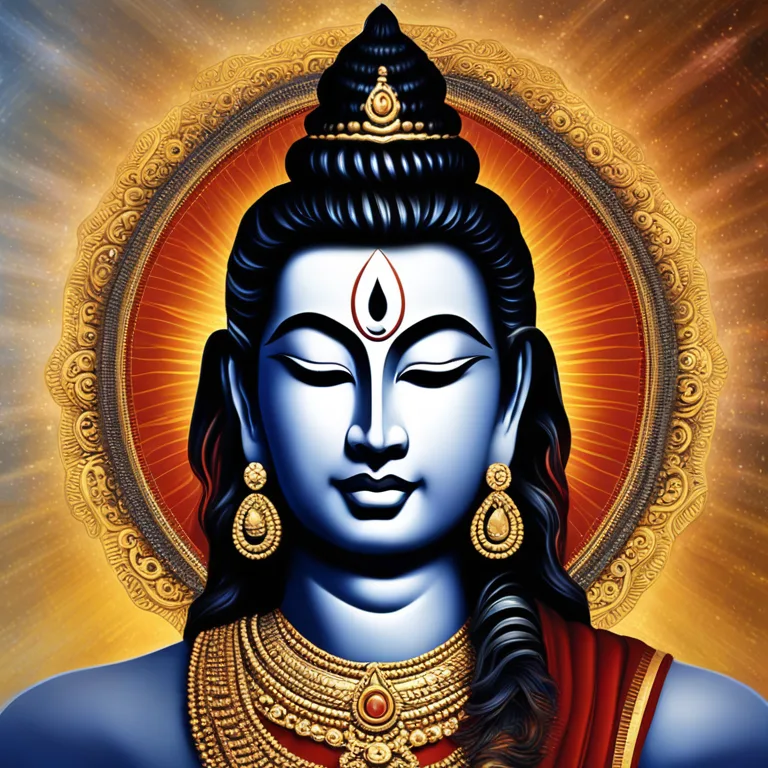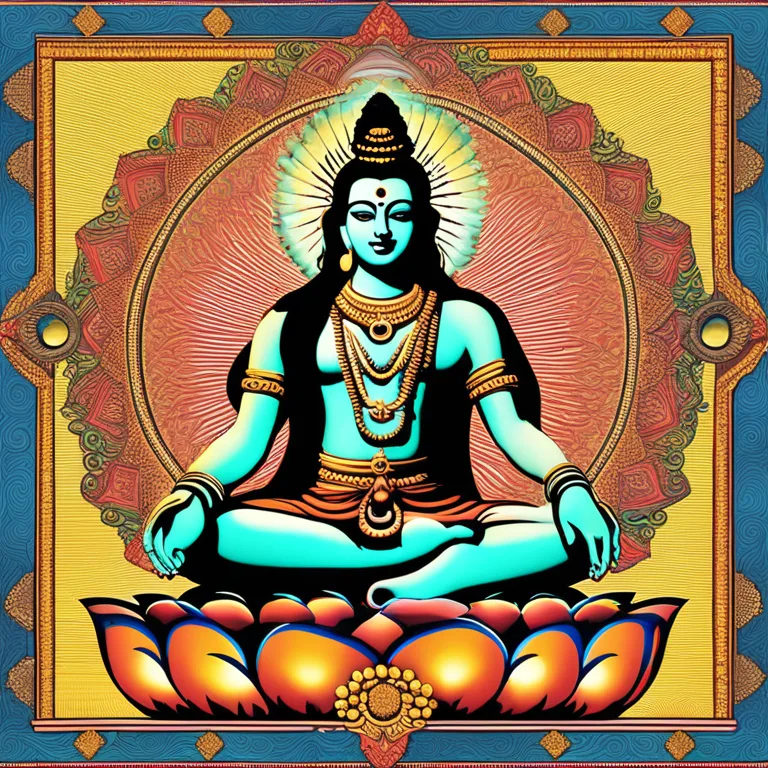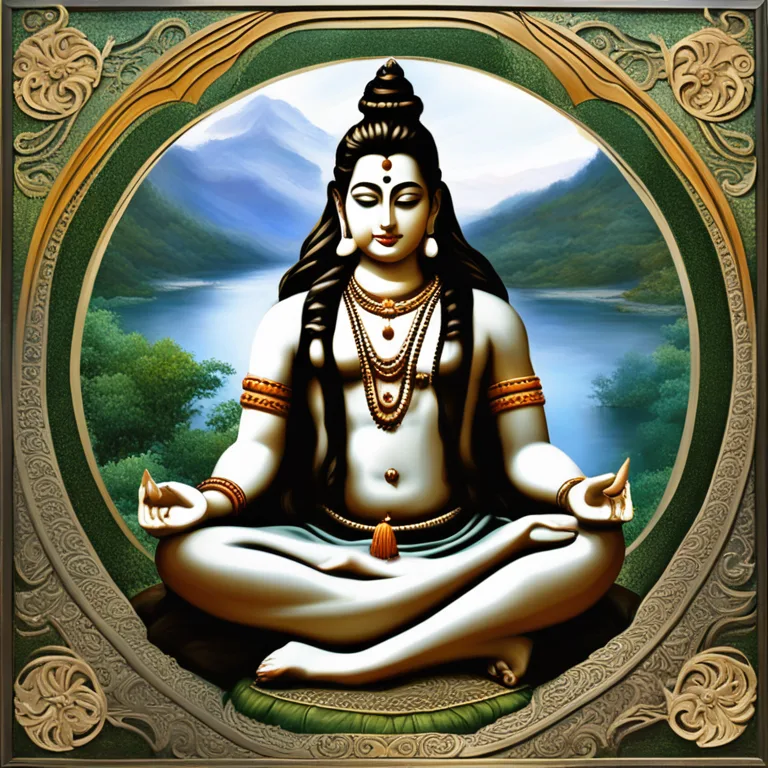
Meditation Techniques Inspired by Shiva
Discover ancient meditation practices inspired by the lore of Lord Shiva, tailored for modern spiritual seekers.
article by Hina Kurosawa
The Legend of Meditation
Shiva, the great deity of the Hindu pantheon, is often depicted in deep meditation. As the lord of yogis, he exemplifies the path to spiritual liberation. In a world that moves at an ever-accelerating pace, the timeless techniques inspired by Shiva's meditation can offer a sanctuary of tranquility. These potent methodologies not only encourage a peaceful mind but also foster a life aligned with the cosmic rhythm, reminiscent of Shiva's serene composure amidst the chaos of the universe.

Embracing Silence
One of the foremost techniques exemplified by Lord Shiva is embracing silence. In this practice, the seeker endeavors to enter a state of stillness, mirroring the quietude of Shiva. Position yourself in a comfortable seated posture, close your eyes, and turn your attention inward. Observe the natural rhythm of your breath, and gradually guide your awareness toward the spaces between your thoughts. This cultivation of silence can be deeply rejuvenating and is a fundamental cornerstone of many meditative practices.

The Third Eye Focus
Lord Shiva is often associated with the 'third eye', signifying intuition and insight. Focusing on the third eye, located at the midpoint between your eyebrows, is a meditation technique reputed to enhance one's intuitive clarity. To practice, sit with a straight spine and, with eyes closed, concentrate on the third eye region with gentle attention. This concentration practice is said to activate the body's subtle energies, leading to heightened perception and spiritual awakening.

Rudra's Roar: The Breath of Shiva
Breath is a vital aspect of any meditative practice, and one inspired by Shiva is the 'Rudra's Roar', a pranayama or breath control technique. Rudra, a name for Shiva, references his fierce aspect. In this practice, deep inhalations are followed by powerful, controlled exhalations, reminiscent of a roar. It is believed that this pranayama cleanses the energy channels, invigorates the body, and can instill a sense of inner power and resilience similar to that of the mighty Lord Shiva.

Dance of Nataraja: Dynamic Meditation
Shiva's form Nataraja represents the cosmic dancer whose divine dance maintains the universe's balance. Drawing from this, dynamic meditation involves rhythmic movement or dance as a form of meditation. While it may seem contradictory to conventional stillness practices, engaging in controlled, mindful movement can induce a meditative state. The key is to be fully present and absorbed in the movement, allowing it to be an expression of your innermost self, aligning with the cosmic dance Shiva embodies.
Shiva Mantra: The Vibratory Path
The recitation of Mantras dedicated to Lord Shiva, such as the sacred "Om Namah Shivaya," is considered a powerful meditative tool. The repetition of a mantra helps concentrate the mind and directs energy towards spiritual development. Chanting can be done silently within the mind, whispered, or spoken aloud, creating vibrations that resonate with the energy of Shiva. This auditory approach to meditation can be particularly helpful for those who find visual concentration challenging.
Published: 12/20/2023
Modified: 12/20/2023
More predictions
Come back here soon to learn more about yourself and your future


Sport life: Meditation Techniques for Athletes
Learn how meditation can enhance athletic performance, improve focus, and accelerate recovery. Discover key techniques tailored for the physical demands of athletes.


Pregnancy Meditation Techniques
Discover serene and effective meditation techniques tailored for expectant mothers to enhance prenatal wellbeing and connect with their unborn child.


The Best Meditation Techniques
Explore essential meditation practices to enhance your mental well-being and spiritual connection, suitable for beginners and seasoned practitioners.